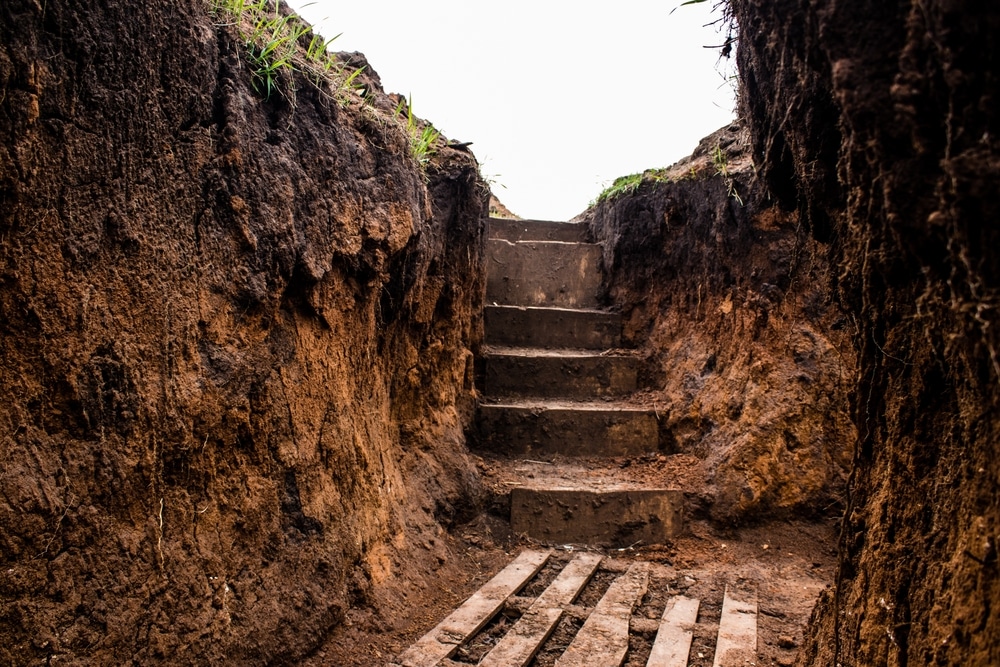Russia is actively seeking workers to dig trenches in its border regions, particularly in the Kursk area, as Ukrainian forces continue their incursion into Russian territory. According to a new report, over 30 job advertisements for trench builders have been posted on Russian job portals in recent day. The advertisements for trench-digging jobs in Kursk offer wages significantly above the national average, possibly indicating the perceived importance of developing new defensive lines.
The trench-digging efforts come as Ukrainian President Volodymyr Zelensky announced that Kyiv’s troops have advanced more than a mile in just a few hours within the Kursk region. Satellite images analyzed by open-source intelligence accounts show that these trenches are being constructed between 45 and 75 kilometers (28 to 47 miles) from the Ukrainian border, indicating a potential fallback position for Russian forces that could cede a significant amount of territory to Ukraine.
Russians have dug a defensive line on the SW side of Lgov, Kursk region.
Centered about 51.6313391, 35.1959068; likely extends farther east under today’s cloud cover. @GeoConfirmed @UAControlMap @GlobalnewsW pic.twitter.com/IgskvZuOkV
— redintelpanda (@RedIntelPanda) August 14, 2024
Ukraine’s operation in the Kursk region, which began on August 6, has reportedly led to the control of 74 settlements and over 385 square miles of territory. Russian officials have stated that their forces, under the leadership of the Federal Security Service (FSB), have halted Ukrainian advances, but military bloggers and independent analysts suggest that Ukrainian troops continue to make progress.
Recent reports have also highlighted Russian defensive efforts around key infrastructure, such as the Kursk Nuclear Power Plant, where new trench networks have been detected just 8 kilometers (5 miles) from the facility.
Despite the Russian government’s efforts, the objectives of Ukraine’s incursion into Kursk remain unclear. Ukrainian officials have indicated that their primary goal is not to capture territory but to protect Ukraine from Russian attacks launched from these regions and to disrupt Russian logistics and reinforcements heading to other conflict zones, such as Donetsk Oblast.
Expanded Coverage:








